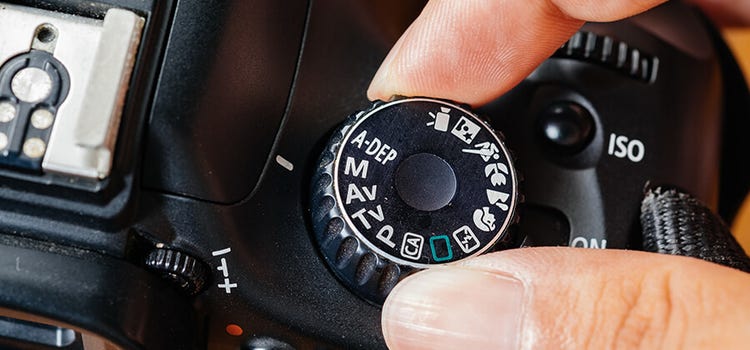Photography
Getting an assist from aperture priority mode.
Discover how this digital camera setting can help you capture great shots at times when shooting in manual mode may not be ideal.

Photography
Discover how this digital camera setting can help you capture great shots at times when shooting in manual mode may not be ideal.
There are three main settings you can adjust to get the exposure you want when taking pictures: shutter speed, ISO, and aperture. In digital photography, camera technology now features modes that can help adjust those settings for you. One of those modes is aperture priority. With it, the photographer selects a specific aperture value and the camera autoselects the proper shutter speed based on how much light it detects.
Here’s a quick breakdown of camera settings found on the mode dial of most digital cameras.
In this camera mode, the photographer selects an aperture, and the camera chooses an appropriate shutter speed based on the available light.
The opposite of aperture priority, the photographer sets the shutter priority mode at a certain speed and the camera autoselects a good aperture setting.
Sometimes called auto mode, when the photographer selects program mode the camera autoselects both aperture and shutter speed.
The photographer is responsible for adjusting both the aperture and shutter speed in this mode.
Based on your location, we think you may prefer the United States website, where you'll get regional content, offerings, and pricing.